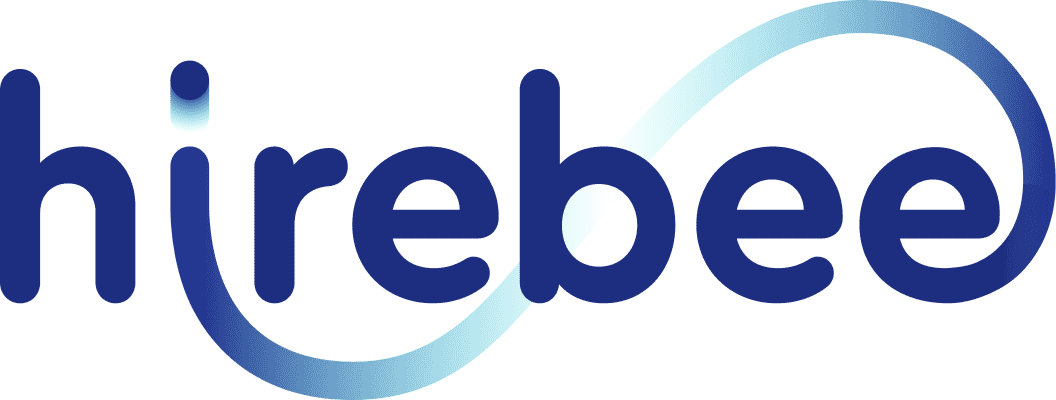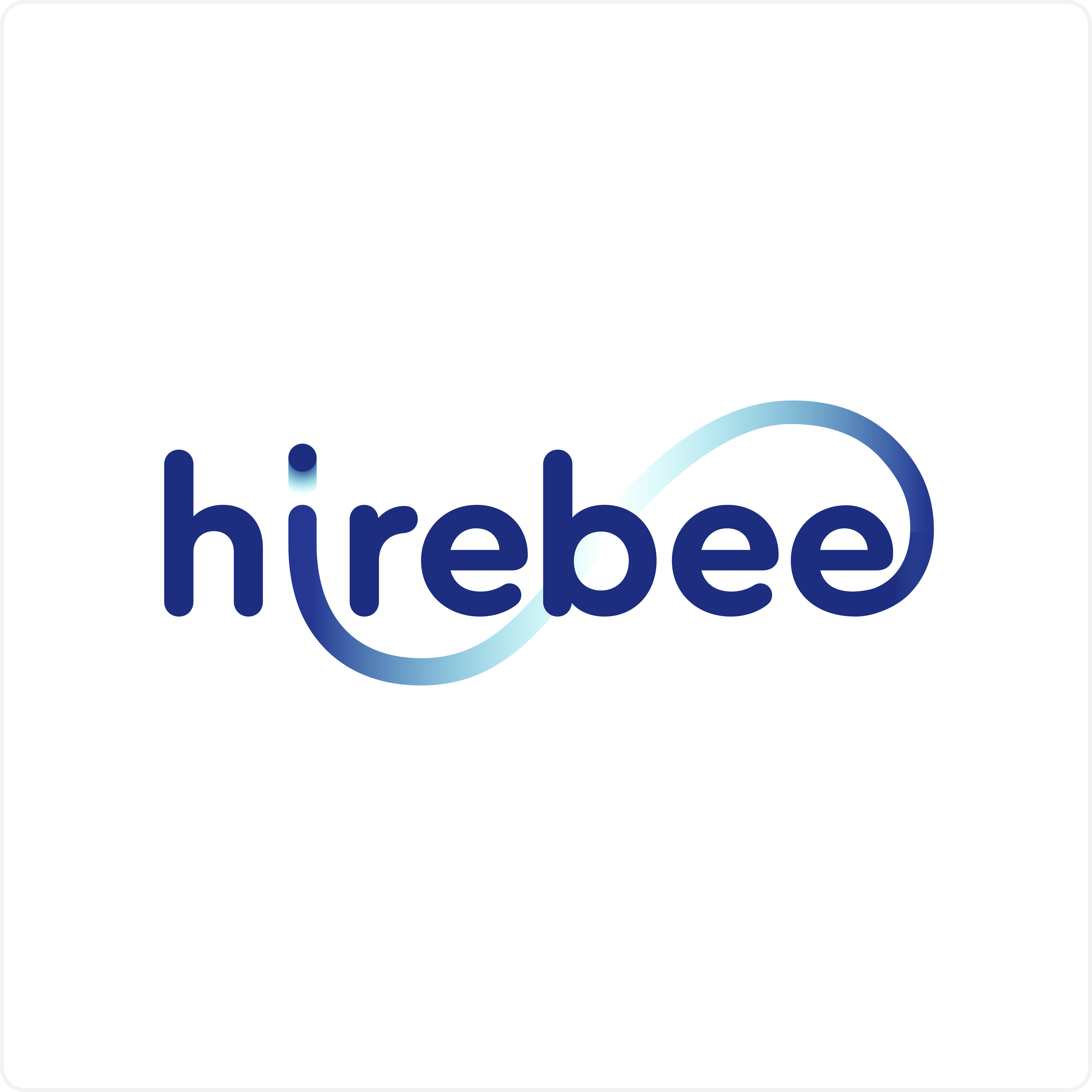Recruitment automation refers to the use of technology and software solutions to streamline and optimize various aspects of the recruitment process. It involves automating time-consuming and repetitive tasks associated with sourcing, screening, evaluating, and hiring candidates, thereby improving the overall efficiency and effectiveness of the recruitment process.
In today’s fast-paced and competitive business environment, organizations are constantly seeking ways to attract and acquire top talent quickly and efficiently. Traditional manual recruitment processes often suffer from inefficiencies, delays, and biases, leading to suboptimal outcomes and missed opportunities. This is where recruitment automation comes into play.
Recruitment automation leverages a range of tools and technologies, such as applicant tracking systems (ATS), AI-powered resume screening, chatbots, interview scheduling software, and candidate relationship management (CRM) systems. These tools enable recruiters and hiring teams to automate various stages of the recruitment lifecycle, from posting job openings to onboarding new hires.

The adoption of recruitment automation offers numerous benefits. Firstly, it saves time and reduces costs by automating repetitive tasks, allowing recruiters to focus on high-value activities like candidate engagement and selection. Secondly, hiring automation improves efficiency and productivity by eliminating manual errors and streamlining workflows. Thirdly, it enhances the candidate experience by providing timely updates, personalized interactions, and seamless communication. Moreover, recruitment automation enables data-driven decision-making, facilitating better analysis and insights for talent acquisition strategies. Lastly, it helps mitigate bias in the hiring process by standardizing criteria and evaluating candidates based on objective metrics.
As technology continues to advance and evolve, recruitment automation is poised to play an increasingly critical role in the future of talent acquisition. By embracing and exploring automation, organizations can gain a competitive edge in attracting and acquiring top talent efficiently, ultimately driving their success in a rapidly changing business landscape.
Table of Contents
ToggleKey Components of Recruitment Automation
Automated recruiting software encompasses various components that streamline and optimize the hiring process. These components work together to improve efficiency, enhance candidate experience, and ultimately help organizations find the right talent. Here are the key components of recruitment automation:
Applicant Tracking System (ATS)
An ATS is a software application that centralizes and manages the recruitment process. It enables recruiters to track and manage job postings, store candidate data, automate resume parsing, and facilitate collaboration among hiring teams.
Resume Screening and Parsing
With the help of AI-powered algorithms, recruitment automation systems can screen and parse resumes automatically. This component allows for quick and efficient filtering of applicants based on predetermined criteria, such as skills, qualifications, and experience.
Chatbots and Virtual Assistants
Chatbots and virtual assistants provide real-time support and engagement with candidates. They can answer frequently asked questions, provide information about the job application status, and even conduct preliminary assessments.
Interview Scheduling and Management
Automation streamlines the process of scheduling interviews by eliminating manual coordination. Interview scheduling tools allow recruiters to send automated interview invitations, manage availability, and send reminders to both candidates and interviewers.
Candidate Relationship Management (CRM) Systems
CRM systems help recruiters build and maintain relationships with candidates. They provide a centralized database to track interactions, personalize communication, and nurture talent pipelines.
Onboarding Automation
Once a candidate is selected, onboarding automation helps streamline the administrative tasks associated with bringing new hires onboard. It can automate the creation of offer letters, the collection of necessary documents, and the provisioning of access to systems and resources.
By leveraging these key components of recruitment automation, organizations can significantly reduce administrative burden, expedite the hiring process, improve candidate experience, and make data-driven decisions. These components work harmoniously to create an efficient and effective recruitment workflow, enabling recruiters to focus on strategic tasks and ensuring the best candidates are identified and engaged.
Benefits of Recruitment Automation

Recruitment automation offers numerous benefits for organizations looking to streamline and optimize their hiring processes. Here are some key advantages:
Time and Cost Savings
Automation eliminates manual, time-consuming tasks such as resume screening, interview scheduling, and paperwork, allowing recruiters to focus on strategic activities. It reduces the need for extensive administrative work and minimizes the time spent on repetitive tasks, ultimately saving both time and costs associated with the hiring process.
Improved Efficiency and Productivity
By automating repetitive and labor-intensive tasks, recruitment automation improves efficiency and productivity. Automated systems can handle a high volume of applications, quickly screen resumes, and provide valuable insights. This enables recruiters to prioritize qualified candidates and allocate their time and efforts more effectively.
Enhanced Candidate Experience
Automation can enhance the overall candidate experience by providing timely updates, personalized communication, and faster responses. Automated recruitment systems can send automated emails, schedule interviews, and provide feedback promptly, ensuring candidates feel engaged and valued throughout the process.
Data-Driven Decision Making
Recruitment automation generates valuable data and analytics that can inform decision-making. It provides insights into hiring trends, candidate sourcing channels, and performance metrics. By leveraging this data, recruiters can make informed decisions, optimize their recruitment strategies, and improve the quality of their hires.
Reduced Bias in Hiring Process
Automation helps minimize unconscious bias in the hiring process by applying consistent criteria and objective evaluation methods. By removing human biases from tasks like resume screening, algorithms can assess candidates based on relevant qualifications, skills, and experience, promoting fair and equitable hiring practices.
In summary, recruitment automation offers significant benefits such as time and cost savings, improved efficiency, enhanced candidate experience, data-driven decision making, and reduced bias. Organizations that embrace automation in their recruitment processes can gain a competitive advantage by attracting top talent more efficiently and effectively.
Common Tools and Technologies for Recruitment Automation
Recruitment automation relies on various tools and technologies to streamline and optimize the hiring process. These solutions assist in different stages, from sourcing and screening candidates to scheduling interviews and managing candidate relationships. Here are some common recruitment automation tools used:
Applicant Tracking System (ATS): An ATS is a software application that helps organizations manage and streamline their recruitment process. It allows recruiters to post job openings, track applicants, store candidate information, and collaborate with hiring teams.
AI-Powered Resume Screening Tools: These tools leverage artificial intelligence algorithms to analyze resumes and identify relevant qualifications and experience. They automate the initial screening process, saving time and effort for recruiters.
Chatbot and Virtual Assistant Solutions: Chatbots and virtual assistants can engage with candidates on websites or through messaging platforms. They can answer common questions, provide information about the application process, and even conduct initial screenings.
Interview Scheduling and Management Software: These tools simplify the process of scheduling interviews by automating the coordination of available time slots for both recruiters and candidates. They also send automated reminders and notifications.
Candidate Relationship Management (CRM) Systems: CRM systems allow recruiters to manage relationships with candidates and keep track of their interactions. These tools store candidate data, track communication history, and provide insights for personalized engagement.
Implementing these tools requires careful consideration of an organization’s specific needs and goals. Choosing the right tools and technologies, integrating them with existing HR systems, providing appropriate training, and ensuring data privacy and security are crucial aspects of successful recruitment automation.
By leveraging these common tools and technologies, organizations can streamline their recruitment processes, improve efficiency, enhance the candidate experience, and make data-driven hiring decisions. Modern recruitment software plays a key role in enabling these improvements by integrating automation, analytics, and communication tools into a single platform. As technology continues to advance, we can expect further innovation and integration of automation in recruitment, transforming the way organizations attract and select talent.
Implementation Considerations

Implementing recruitment automation requires careful planning and consideration of various factors to ensure a successful integration. The following points highlight key aspects to be addressed during the implementation process.
Assessing Organizational Needs
Before implementing recruitment automation, organizations should evaluate their specific requirements and challenges. This involves identifying pain points in the current recruitment process and determining which areas would benefit the most from automation. Conducting a thorough needs analysis helps in selecting the right automation tools and technologies.
Choosing the Right Tools and Technologies
There is a wide range of recruitment automation tools and technologies available in the market. It is crucial to choose solutions that align with the organization’s goals and requirements. Factors to consider include the scalability of the system, integration capabilities with existing HR systems, user-friendliness, and vendor support.
Integrating Automation with Existing HR Systems
Recruitment automation should seamlessly integrate with existing HR systems to ensure smooth data flow and avoid duplication of efforts. Integration with applicant tracking systems, HRIS, and other relevant software streamlines the recruitment process, enhances data accuracy, and facilitates reporting and analytics.
Training and Change Management
Successful implementation of recruitment automation requires adequate training and change management. HR professionals and recruiters need to be trained on how to effectively use the automation tools and technologies. Additionally, change management strategies should be implemented to address any resistance to automation and ensure a smooth transition.
Ensuring Data Privacy and Security
Recruitment automation involves handling a significant amount of candidate data. Organizations must prioritize data privacy and security to comply with relevant regulations such as GDPR or CCPA. Implementing robust security measures, encrypted databases, and access controls safeguards candidate information and builds trust with applicants.
By addressing these implementation considerations, organizations can maximize the benefits of recruitment automation while minimizing potential challenges and risks. A thoughtful and strategic approach to implementation sets the stage for improved efficiency, enhanced candidate experiences, and data-driven decision making in the recruitment process.
Challenges and Limitations of Recruitment Automation

Recruitment automation brings numerous benefits, but it also presents its own set of challenges and limitations that organizations must be aware of. Understanding these challenges can help organizations navigate potential pitfalls and ensure the successful implementation of automation in their recruitment processes.
One of the primary challenges is the risk of overreliance on technology. While automation streamlines and speeds up the recruitment process, it should not completely replace human involvement. Human judgment, intuition, and interpersonal skills still play a vital role in assessing candidates’ cultural fit, soft skills, and other subjective factors that may not be easily captured by automated systems.
Another significant concern is the potential for bias in AI algorithms. If not carefully designed and calibrated, automated systems can perpetuate biases that exist in the data they are trained on, leading to unfair or discriminatory outcomes. Organizations must prioritize fairness and inclusivity by regularly monitoring and auditing their automated processes to mitigate bias risks.
Additionally, the lack of personalized interaction is a limitation of recruitment automation. While chatbots and virtual assistants can handle routine inquiries, candidates may still desire human interaction for more complex questions or to establish a genuine connection. Balancing automation with opportunities for personal engagement is crucial to provide a positive candidate experience.
Technical glitches and errors are another challenge that organizations may face. Automation systems can encounter hiccups or misinterpret data, potentially leading to inaccurate candidate assessments or communication breakdowns. Regular testing, monitoring, and troubleshooting are essential to minimize such issues and ensure smooth operations.
Lastly, it’s important to maintain a human oversight element in recruitment automation. Human intervention is crucial for complex decision-making, addressing exceptional cases, and handling unforeseen circumstances that automated systems may struggle with. Striking the right balance between automation and human touch is key to leveraging the benefits of technology while maintaining a personalized and empathetic approach.
By being aware of these challenges and implementing strategies to overcome them, organizations can maximize the potential of recruitment automation while ensuring a fair, efficient, and candidate-centric process.
Conclusion
In conclusion, recruitment automation has revolutionized the hiring process by leveraging technology to streamline and enhance various stages of recruitment. It offers numerous benefits, including time and cost savings, improved efficiency, enhanced candidate experience, and data-driven decision making.
However, challenges such as bias, lack of personalization, and technical glitches should be addressed. By following best practices and continuously adapting to future trends, organizations can successfully implement recruitment automation and stay ahead in the competitive talent acquisition landscape. Embracing recruitment automation will not only optimize the hiring process but also pave the way for innovative advancements and improved outcomes in the future.
We hope you have a clear idea of what recruitment automation is all about. And if you aren’t sure how to incorporate the automated recruitment system for your business, then let the experts at Hirebee help you with it.









